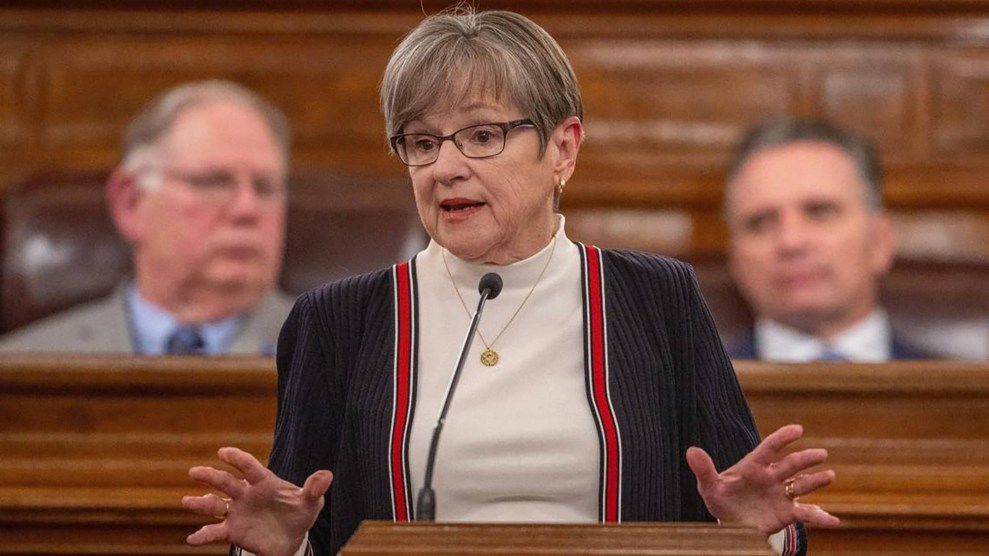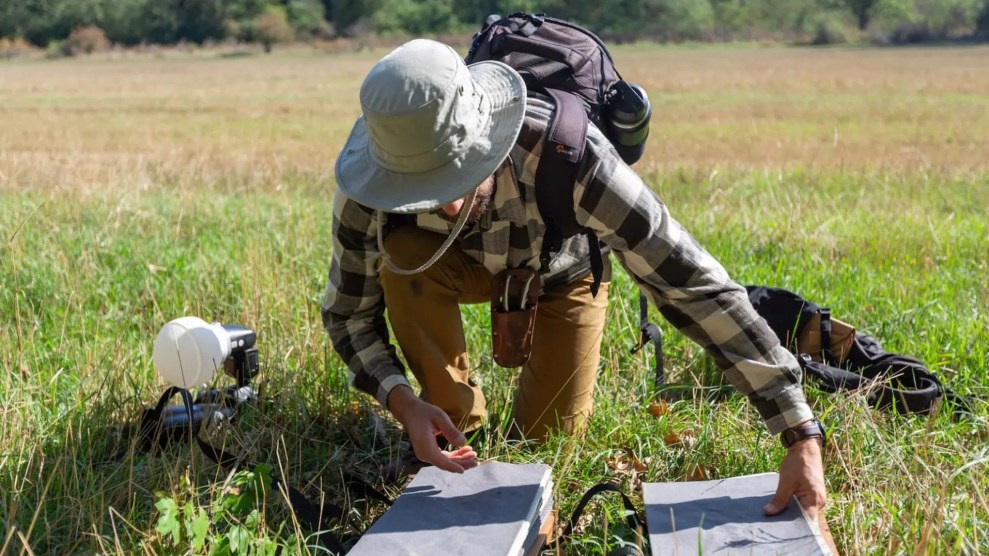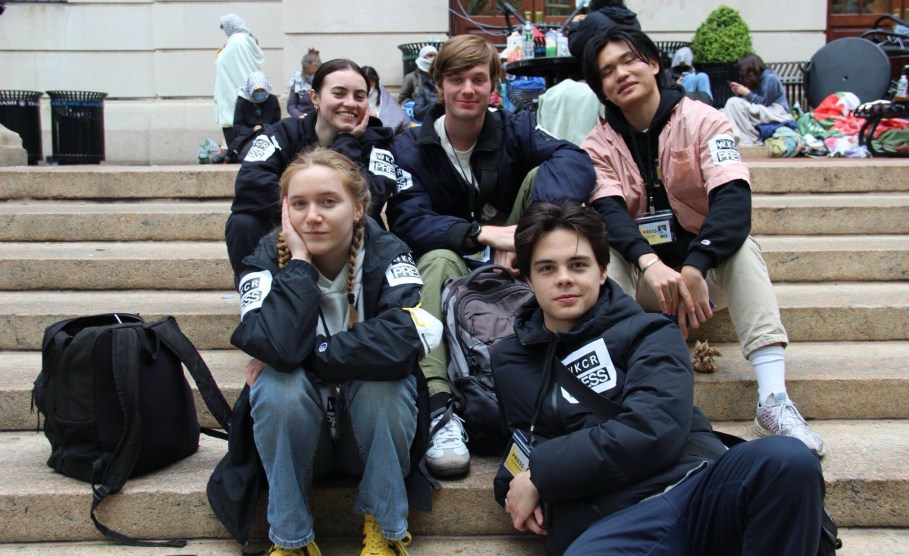This dispatch from Bloomberg got a lot of attention yesterday:
The U.S. government expects to earn $5 billion to $6 billion from the renewable-energy loan program that funded flops including Solyndra LLC, supporting President Barack Obama’s decision to back low-carbon technologies.
The Department of Energy has disbursed about half of $32.4 billion allocated to spur innovation, and the expected return will be detailed in a report due to be released as soon as tomorrow, according to an official who helped put together the data.
The results contradict the widely held view that the U.S. has wasted taxpayer money funding failures including Solyndra, which closed its doors in 2011 after receiving $528 million in government backing. That adds to Obama’s credibility as he seeks to make climate change a bigger priority after announcing a historic emissions deal with China.
I think the gist of this report is almost certainly correct. The faux outrage over Solyndra back in 2011 was entirely manufactured for partisan reasons, and there was never any real reason to think that Solyndra’s bankruptcy represented a broader failure of the loan program. Quite the opposite. Any loan guarantee program is not only going to have failures, it’s going to expect failures. Solyndra just happened to be one of them.
And yet….I’d still remain a bit cautious about the overall success of the program. Out of its $32 billion in approved loans, half represent loan guarantees to nuclear power plant developers and Ford Motor. These are not exactly risky, innovative startups. They’re huge companies that could very easily have raised money without government help, and which represented virtually zero danger of default. If DOE is including returns from those loans in its forecast, color me unimpressed.
The genuinely risky half of the loan program is called Section 1705, and it includes everything that most of us think of as real renewable energy projects (wind, solar, biofuel, etc.). DOE hasn’t broken that out separately, saying in its press release that “The best perspective for assessing LPO’s financial performance is to look at the portfolio in its entirety.” Maybe so. But before I declare success, I’d still like to see how well the 1705 program is doing on its own. That would be a fairer representation of how well things are going in the piece of this program that’s truly dedicated to risky new renewable energy projects.

















